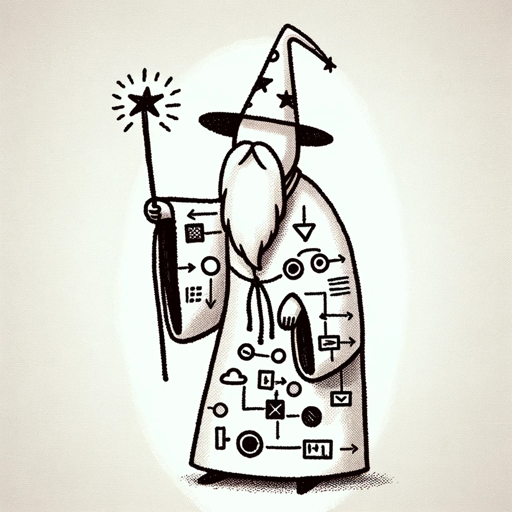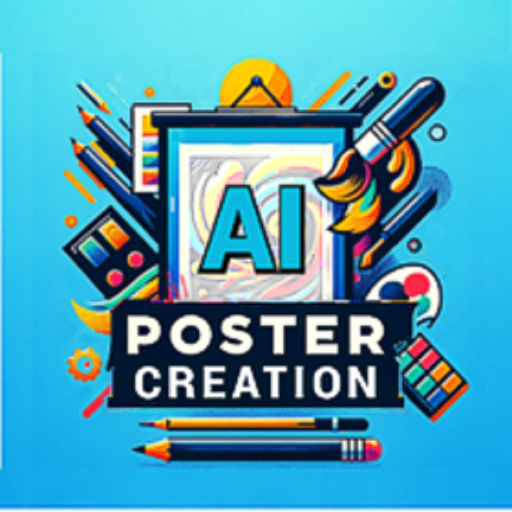ChatUML-AI UML Diagram Generator
AI-Powered UML Diagrams Made Easy
What can this AI do for me?
I'll upload my class diagram sketches. Can you refine them?
If I send my software's requirements, can you make an architecture diagram?
I need this flowchart as a UML activity diagram. Can you transform it?
Can you create a UML diagram from my project description?
Related Tools
Load More
In-Chat UML Diagram Visualizer
I create and visualize UML diagrams in-chat with PlantUML.

Class Diagram Creator
I generate class diagrams from software concepts.

UML Diagram Creator
Generates UML diagrams in visual, PlantUML, or Mermaid format.
UML state diagram generator
This is an UML state diagram generator. It generates code for a UML diagram of your choice, that you can copy and paste to planttext.com.

UML Master
Versatile UML diagram expert, ensuring clarity and syntax accuracy. Attention! Place ChatGPT in the sidebar and open PlantUML for better results.

PlantUML Diagram Wizard
A diagram wizard to the rescue
20.0 / 5 (200 votes)
Introduction to ChatUML
ChatUML is a specialized AI designed to assist in the creation of UML (Unified Modeling Language) diagrams. Its primary function is to interpret detailed requirements provided by users and generate appropriate UML diagrams using tools such as Mermaid, PlantUML, Graphviz, and Vega-Lite. By leveraging these tools, ChatUML ensures that diagrams are visually balanced and meet the specific needs outlined by the user. Example scenarios include generating class diagrams from system architecture descriptions, sequence diagrams from user interaction flows, and activity diagrams from process descriptions.

Main Functions of ChatUML
Generating UML Diagrams
Example
A user provides a detailed description of a software system's architecture, including classes, attributes, and relationships. ChatUML processes this information and creates a class diagram using PlantUML.
Scenario
In a software development project, the team needs to visualize the system's structure to better understand component interactions. They input the architecture details into ChatUML, which generates a clear and precise class diagram, aiding in communication and design decisions.
Creating Sequence Diagrams
Example
A user describes the interactions between different system components during a login process. ChatUML translates this into a sequence diagram using Mermaid.
Scenario
A business analyst needs to document the login process for a new application. By providing the interaction steps to ChatUML, they receive a sequence diagram that clearly shows the flow of messages between the user, the front-end application, and the back-end server.
Developing Activity Diagrams
Example
A user outlines the steps involved in processing an online order. ChatUML creates an activity diagram using Graphviz.
Scenario
An operations manager wants to improve the order processing workflow. They describe the current process to ChatUML, which generates an activity diagram. This visual aid helps identify bottlenecks and inefficiencies, facilitating process optimization.
Ideal Users of ChatUML Services
Software Developers
Software developers benefit from ChatUML by quickly generating UML diagrams that help them visualize and design software systems. By providing detailed descriptions of their systems, developers can receive accurate diagrams that assist in coding, debugging, and communicating with team members.
Business Analysts
Business analysts use ChatUML to document and analyze business processes. They can input process descriptions and receive activity diagrams that clearly map out each step, aiding in process improvement and stakeholder communication.

How to Use ChatUML
1
Visit aichatonline.org for a free trial without login, also no need for ChatGPT Plus.
2
Prepare your requirements or specifications for the UML diagram you want to create.
3
Use the ChatUML interface to input your requirements. You can specify the type of diagram, such as sequence, class, or activity diagram.
4
ChatUML processes your input and generates the UML diagram. You can view, edit, and refine the diagram as needed.
5
Download or share the final diagram. Use provided links for direct access to the rendered diagrams if needed.
Try other advanced and practical GPTs
占いGPTの部屋
Your AI-powered personal divination tool

Poster Pro
AI-powered custom poster design tool

Spis treści
Automate Your Table of Contents with AI

AI Girl
Your AI-powered friend for all chats

Wedding Speech
AI-Powered Wedding Speech Creator

Dungeon Sparks - Pen and Paper RPG Master
AI-Driven Content for Tabletop RPGs
Prompt Engineer
AI-powered prompt optimization tool

YGMI.mom☀️
Your AI-powered empathetic companion.

Plagi
AI-powered plagiarism detection for all writing needs.

Speak French with Claire
AI-powered French learning with real-time corrections.

GPT Message Encrypter & Decrypter
AI-powered encryption for secure communication.

PHP Guru
AI-powered PHP code optimization tool

- Project Planning
- Process Mapping
- Software Design
- System Modeling
- Architecture Documentation
ChatUML Q&A
What types of UML diagrams can ChatUML create?
ChatUML can create a variety of UML diagrams, including class diagrams, sequence diagrams, activity diagrams, use case diagrams, and more. You just need to specify the type and provide the relevant details.
Do I need any special software to use ChatUML?
No, you do not need any special software. ChatUML is accessible online through a web browser, making it easy to use from anywhere without additional installations.
Can ChatUML handle complex UML diagrams with many components?
Yes, ChatUML is capable of handling complex UML diagrams. It can process detailed specifications and generate diagrams that accurately reflect the complexities of your system or process.
Is it possible to edit the generated UML diagrams?
Yes, you can edit the generated UML diagrams. ChatUML allows for refining and adjusting diagrams to ensure they meet your exact requirements before finalizing them.
How can I share the diagrams created with ChatUML?
You can download the diagrams as image files or share the provided direct links. This makes it easy to collaborate with team members or include the diagrams in documentation.